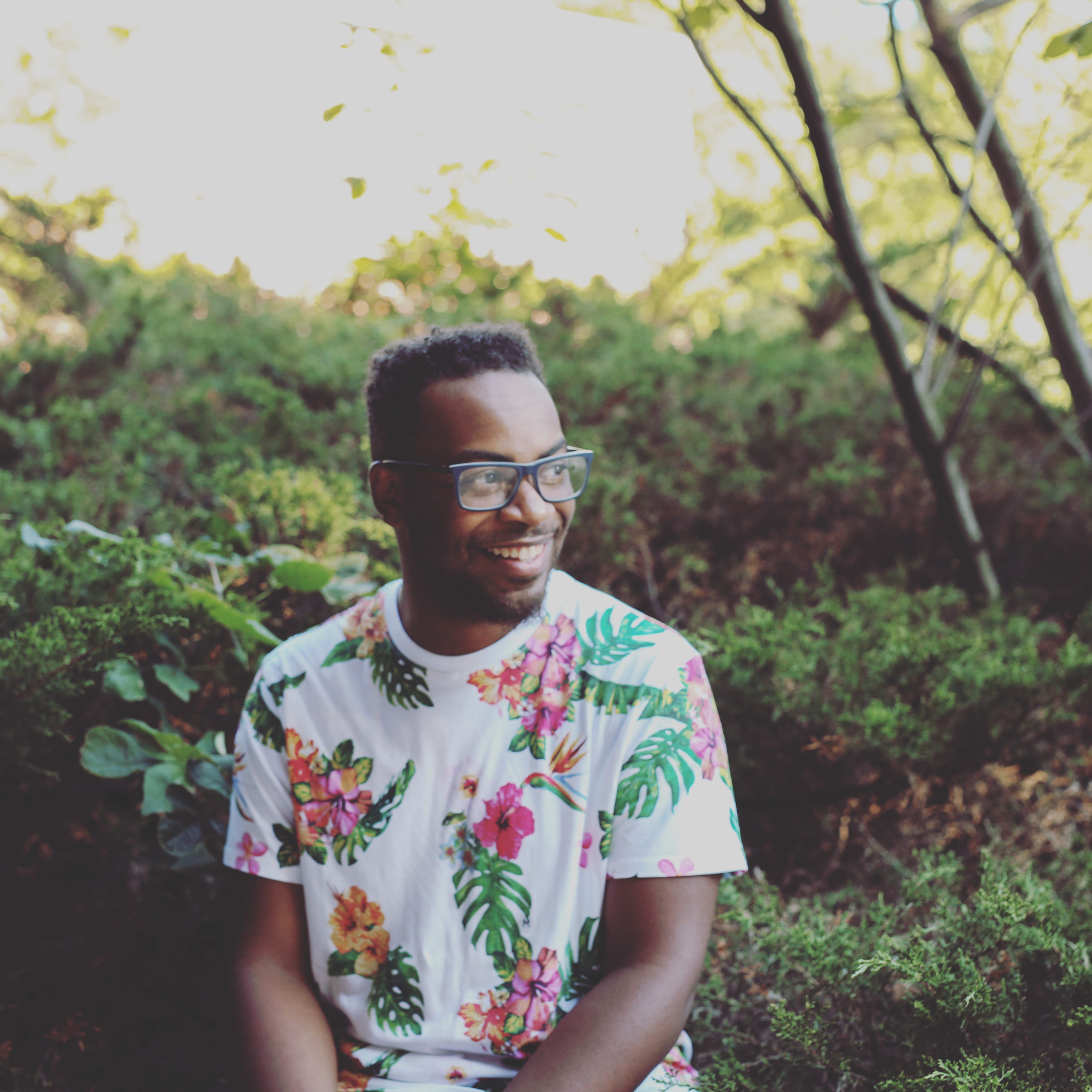
by Michele Kirichanskaya | Jul 30, 2021 | Blog
Jay Coles is a graduate of Vincennes University and Ball State University. When he’s not writing diverse books, he’s advocating for them, teaching middle school students, and composing for various music publishers. His debut novel Tyler Johnson Was Here is based on...
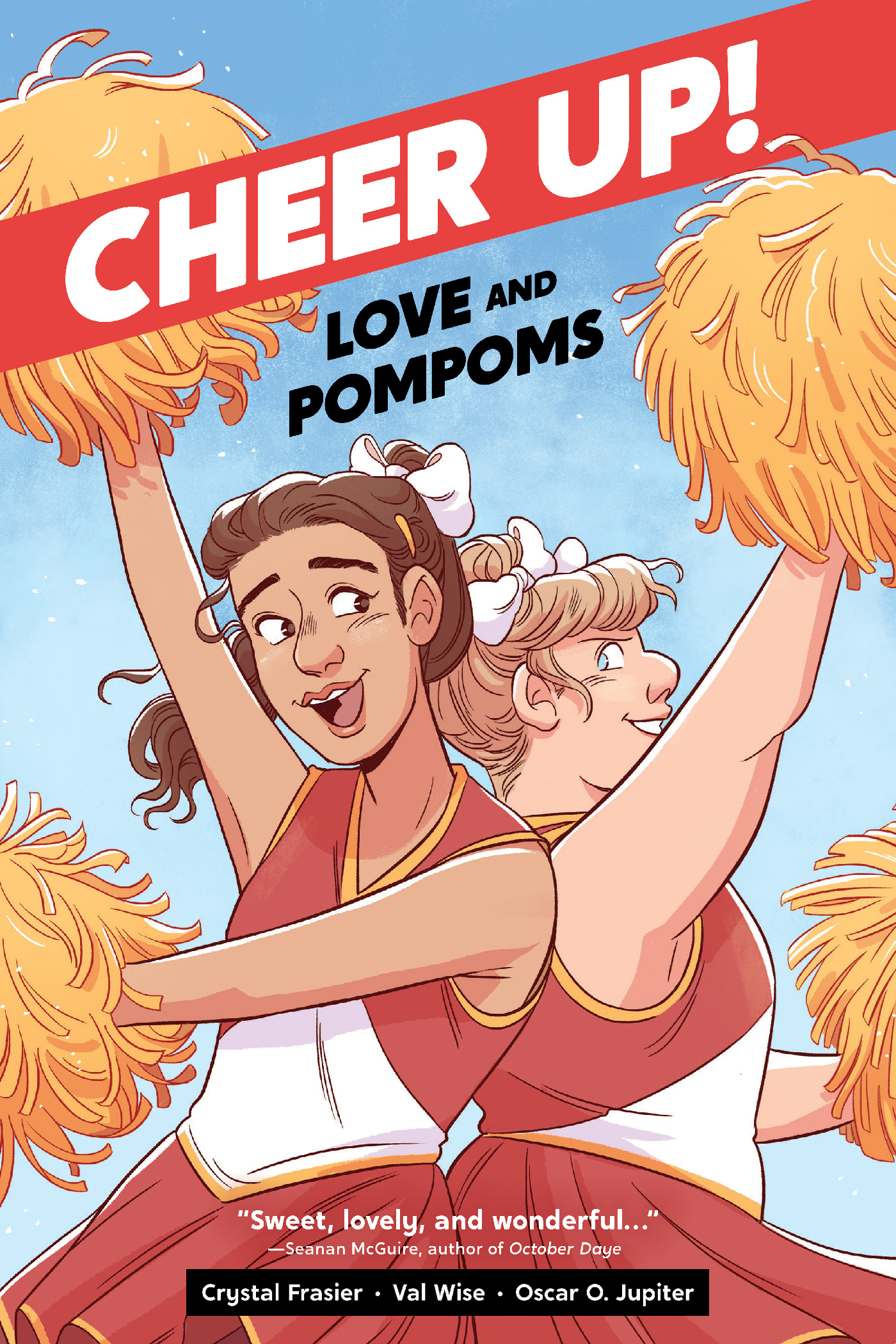
by Michele Kirichanskaya | Jul 28, 2021 | Blog
Crystal Frasier is a girl from small-town Florida who now has twenty years’ experience writing for comics, fiction, and games. She has contributed to major brands like Pathfinder and Dungeons & Dragons, as well as small-press projects and anthologies, but she got...
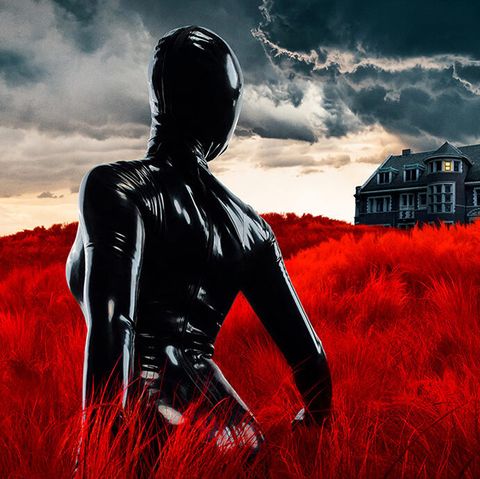
by Kevin Gilligan | Jul 27, 2021 | Podcast
https://geeksoutpodcast.libsyn.com/geeks-out-podcast-american-bondage-stories In this week’s episode of the Geeks OUT Podcast, Kevin is joined by Bobby Hankinson, as they discuss the queer start to American Horror Stories, enter the ring in the new trailer for...
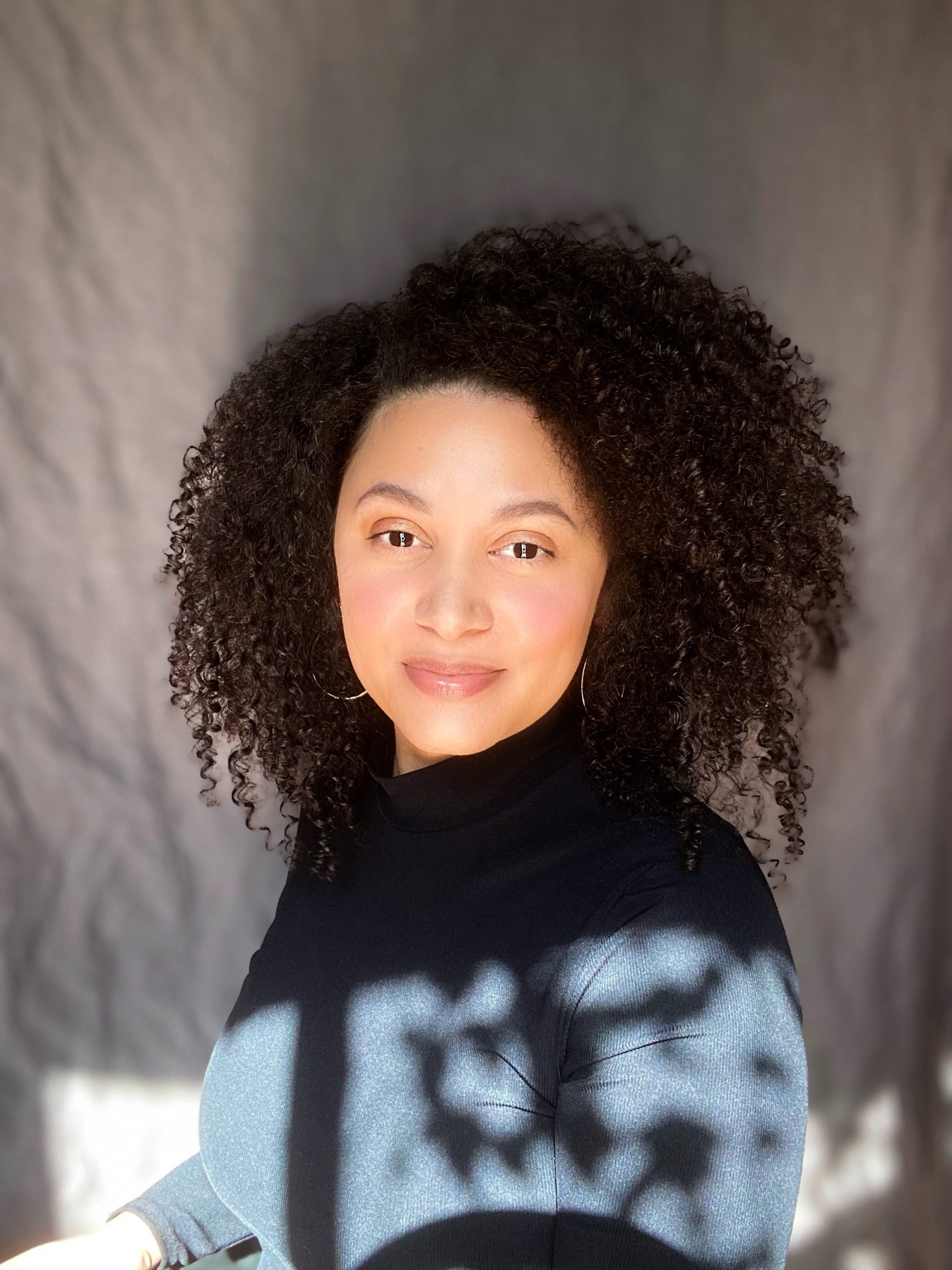
by Michele Kirichanskaya | Jul 23, 2021 | Blog
Kalynn Bayron is the bestselling author of Cinderella is Dead and This Poison Heart. A classically trained vocalist, she grew up in Anchorage, Alaska. When she’s not writing you can find her listening to Ella Fitzgerald on loop, attending the theater, watching scary...
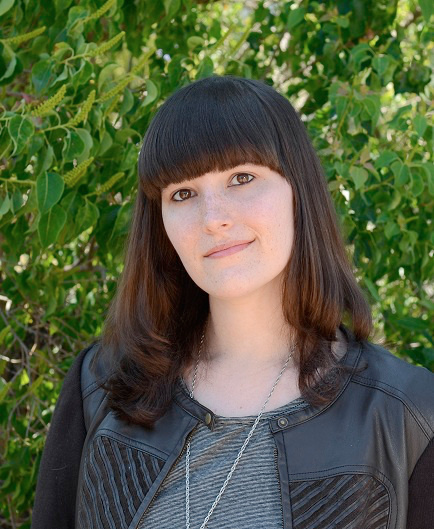
by Michele Kirichanskaya | Jul 21, 2021 | Blog
Tara Sim is a YA fantasy author who can typically be found wandering the wilds of the Bay Area, California. She is the author of the Timekeeper trilogy, which has been featured on Entertainment Weekly, Bustle, and various media outlets, and the Scavenge the Stars...






